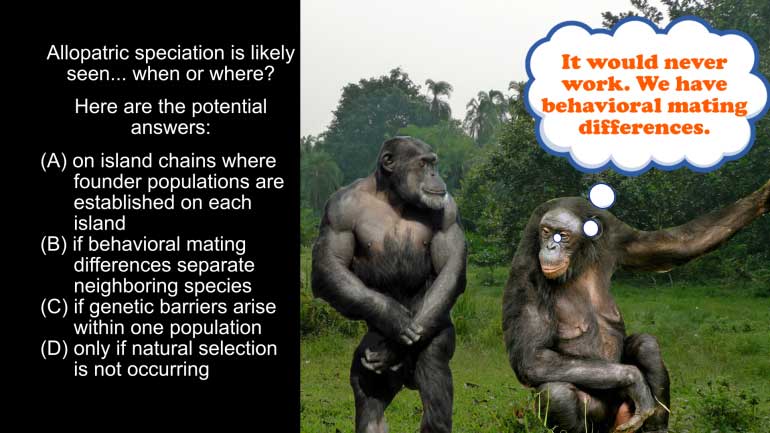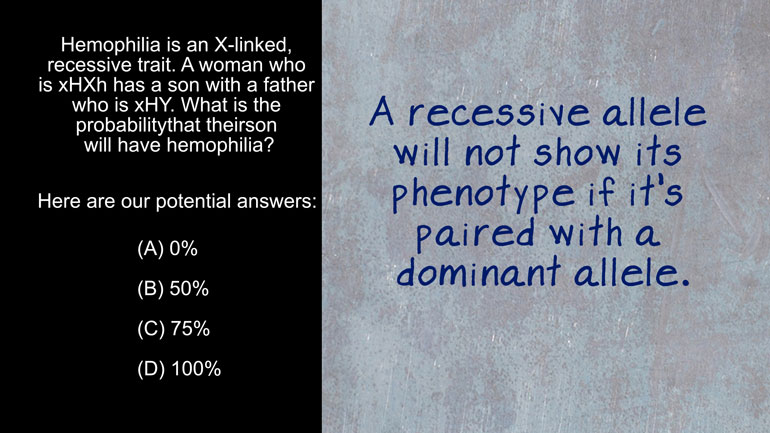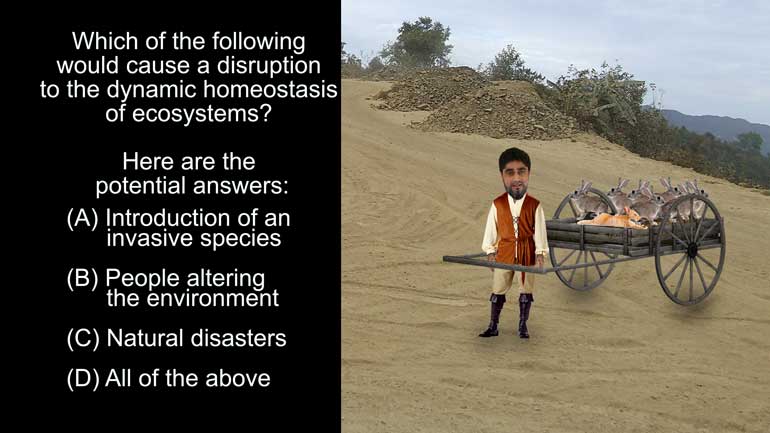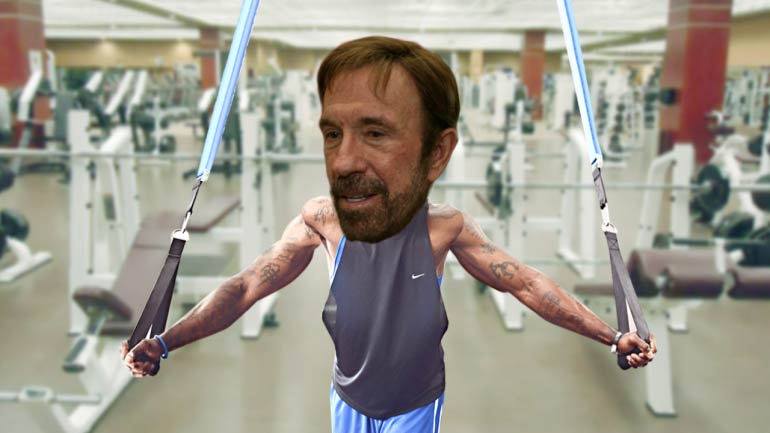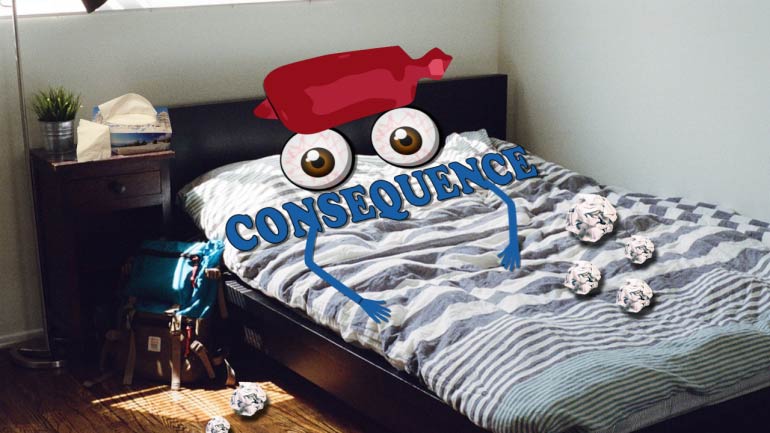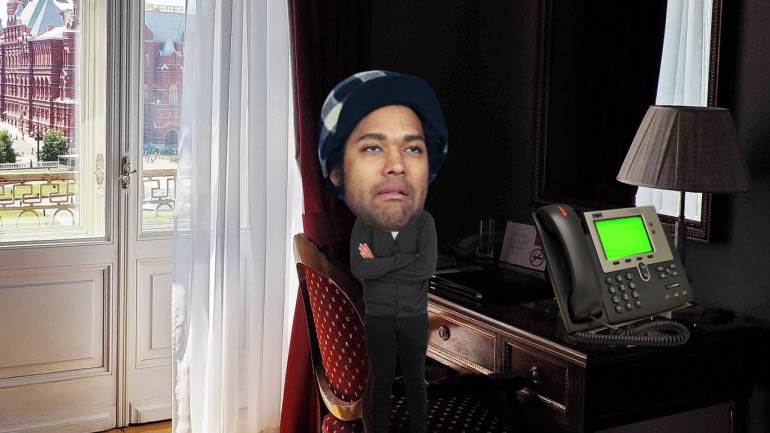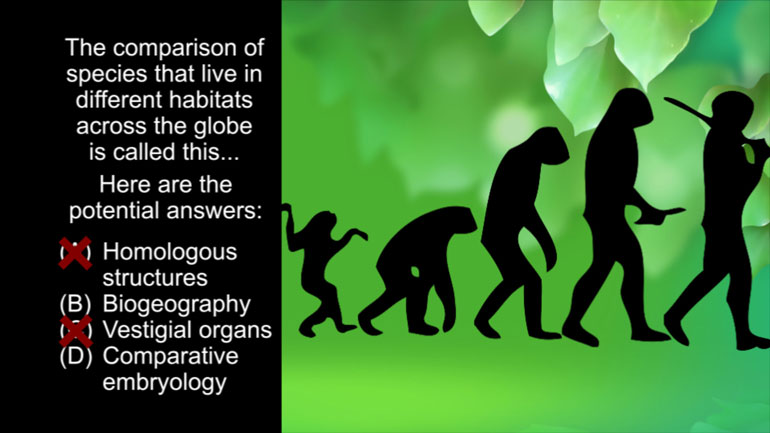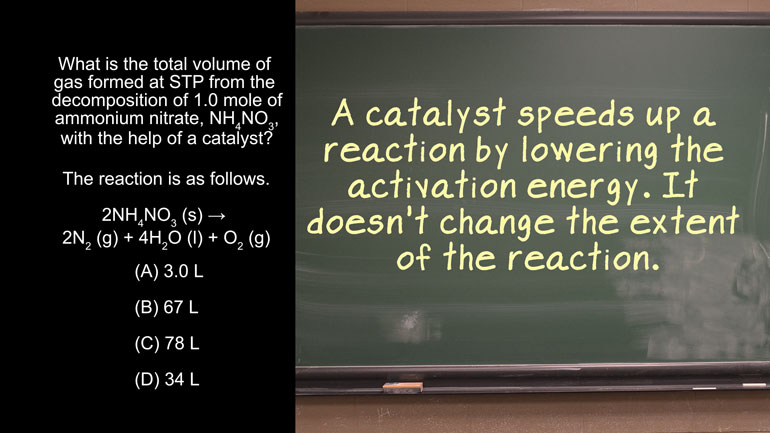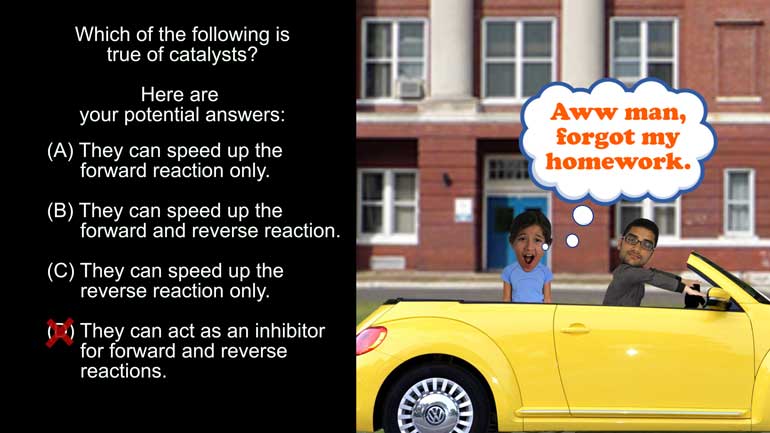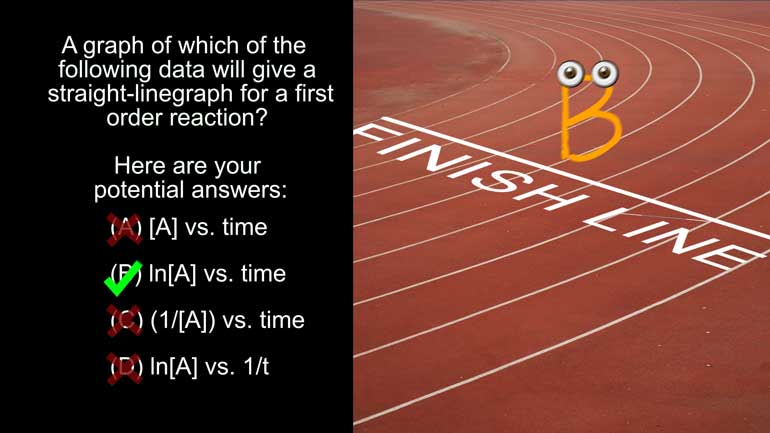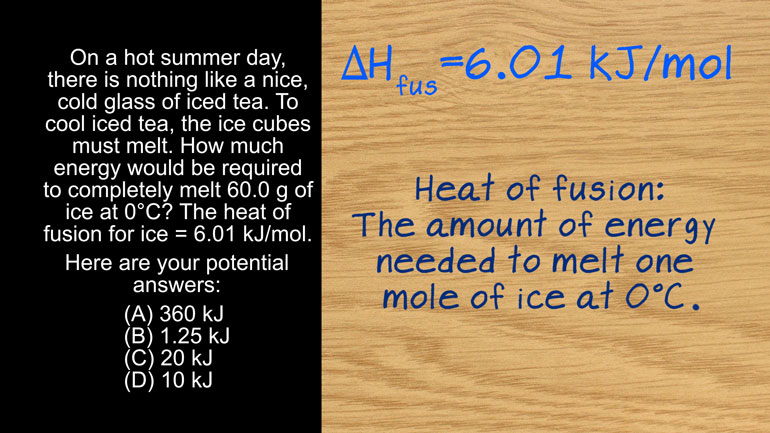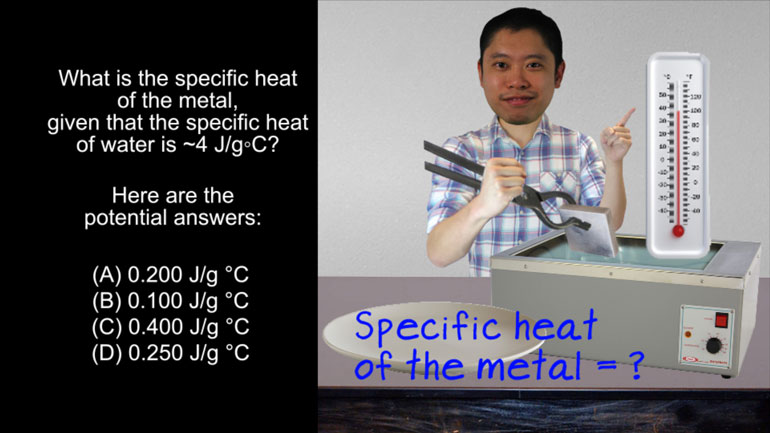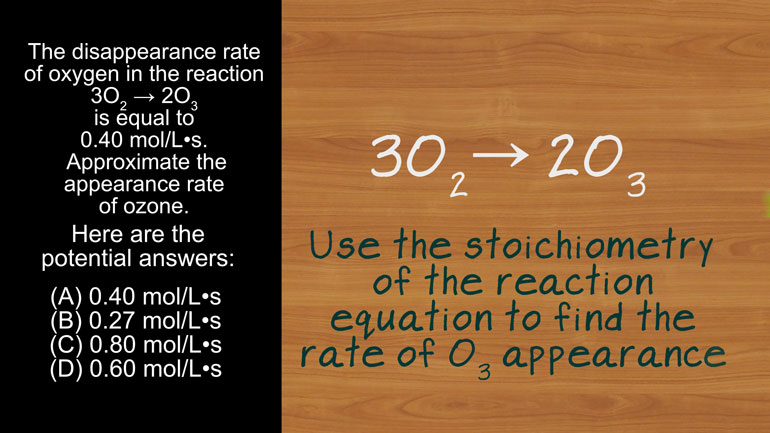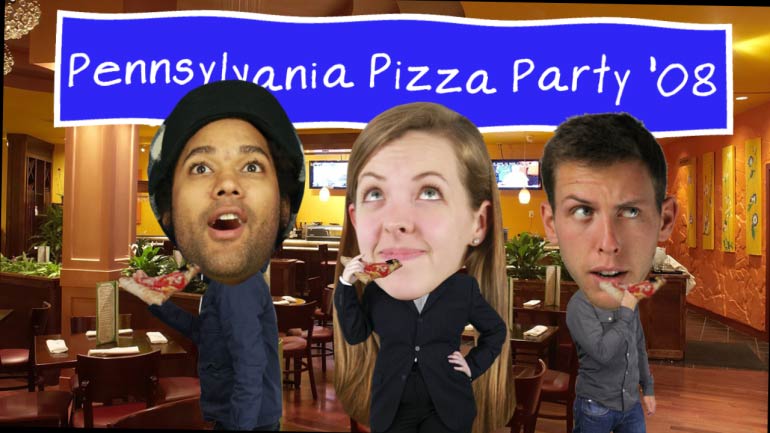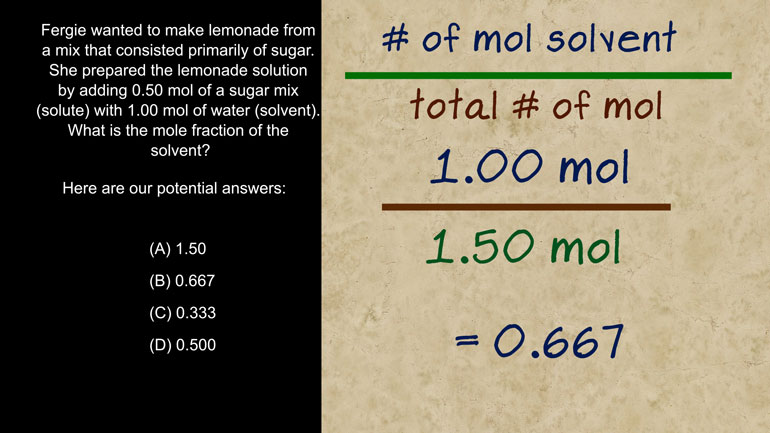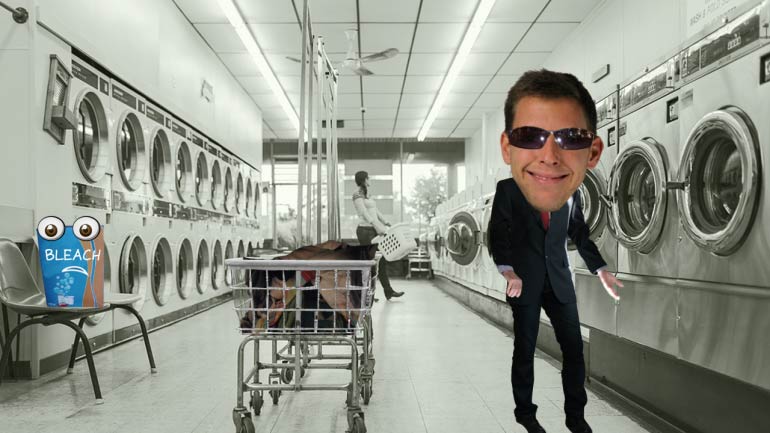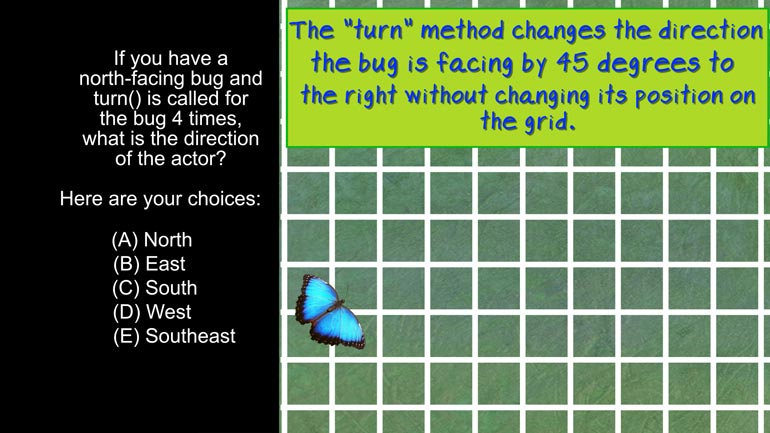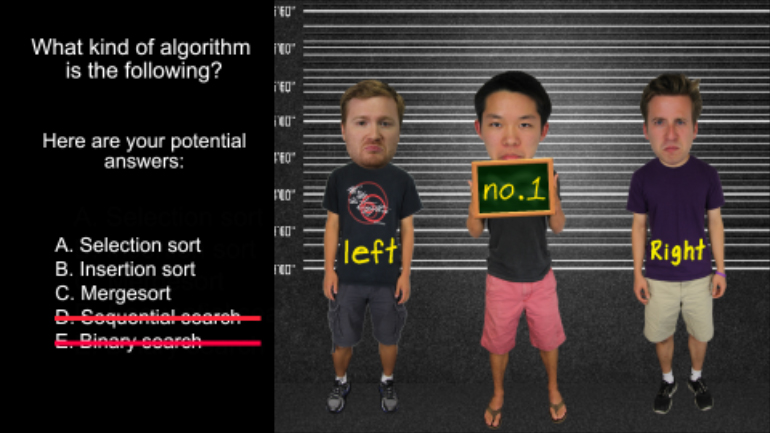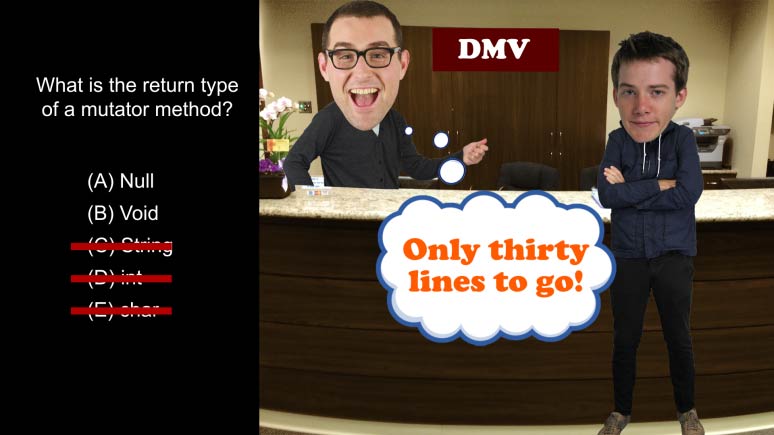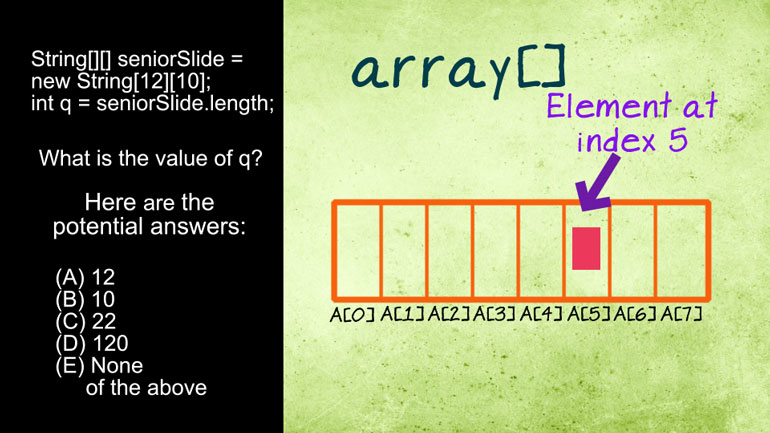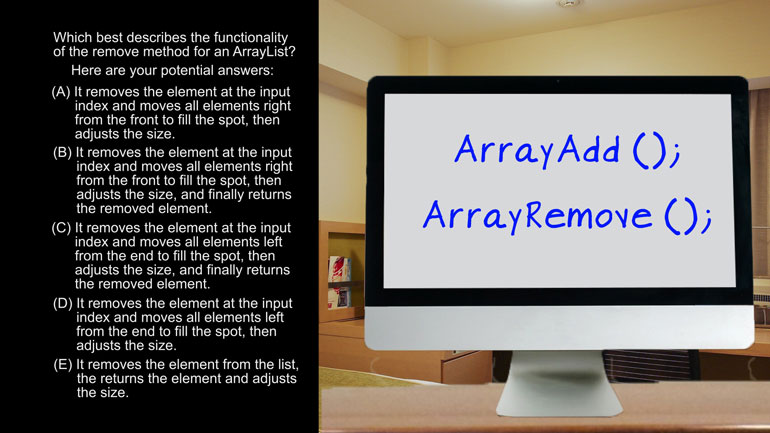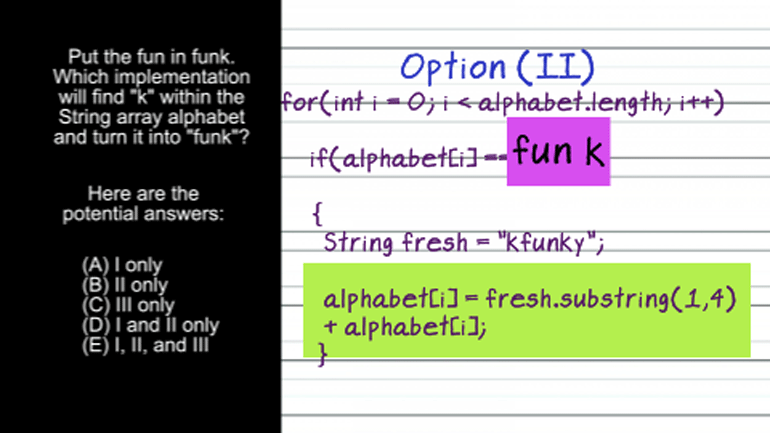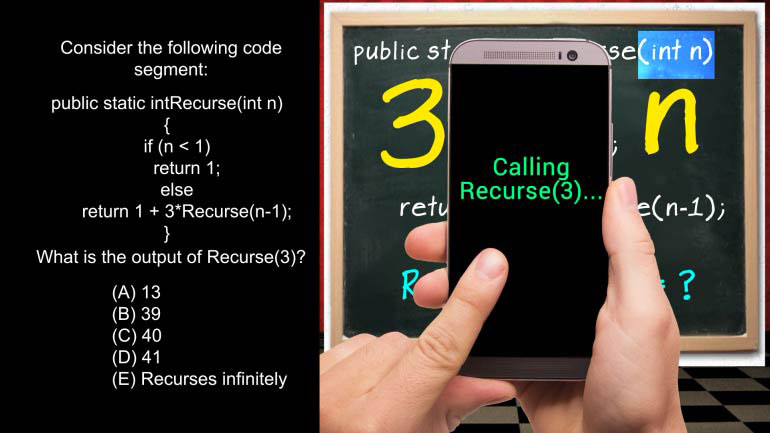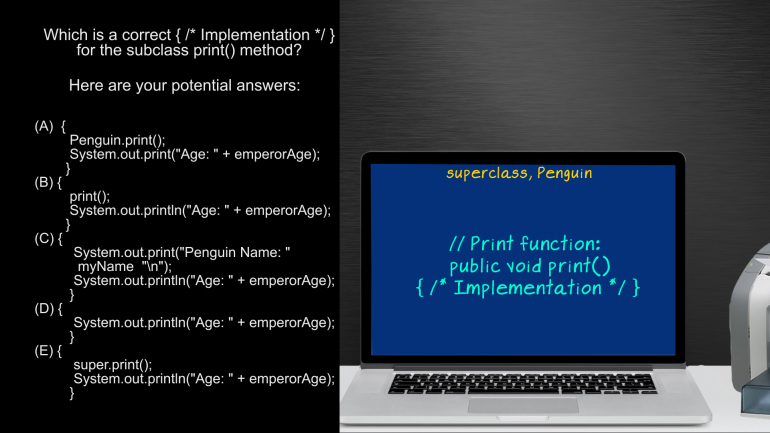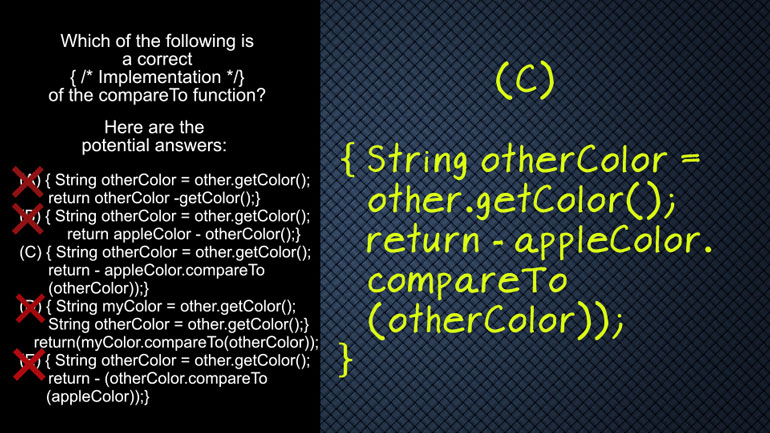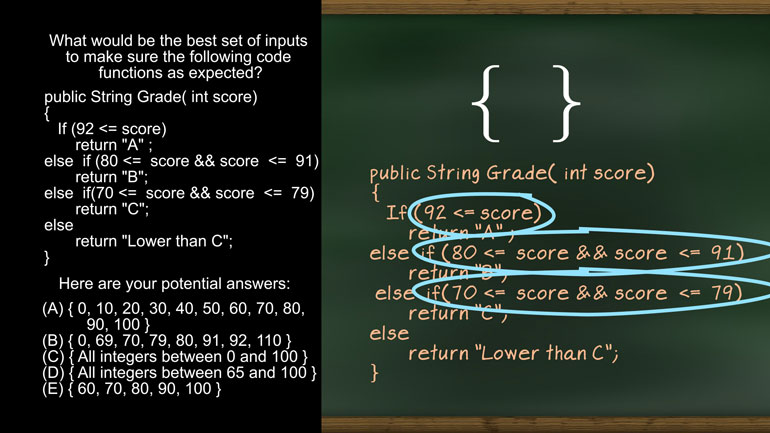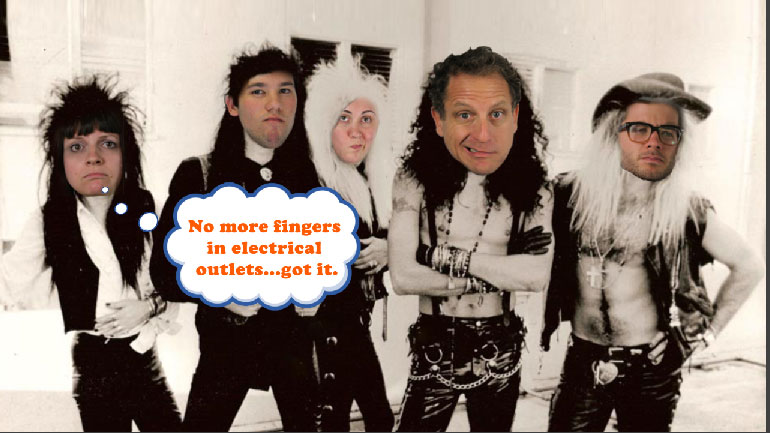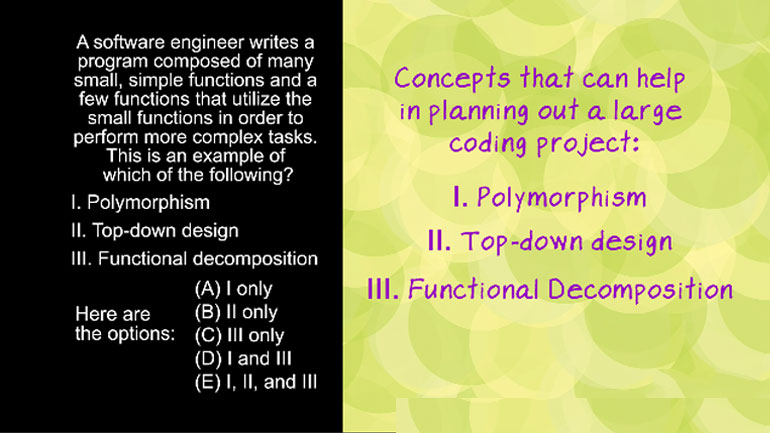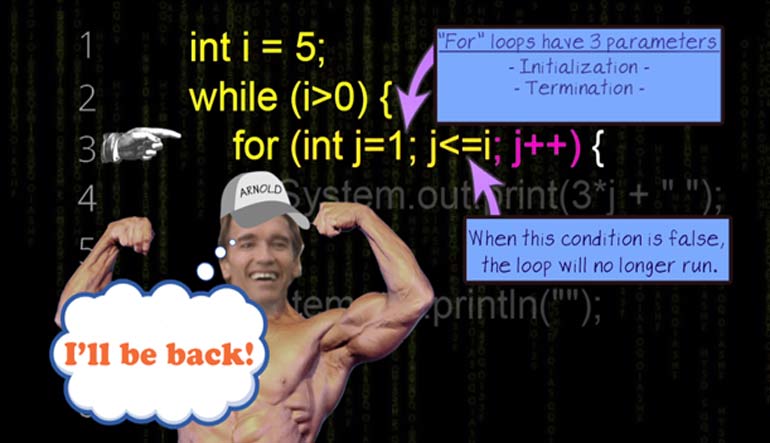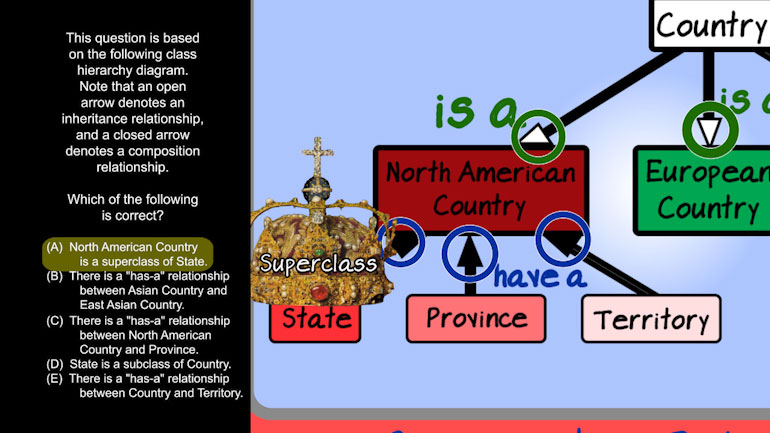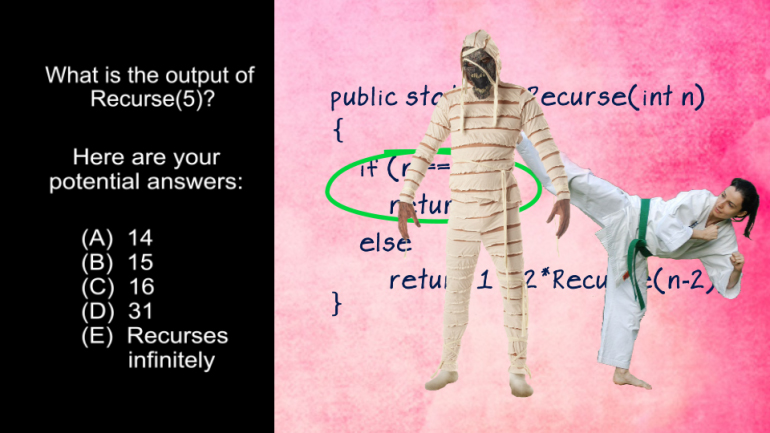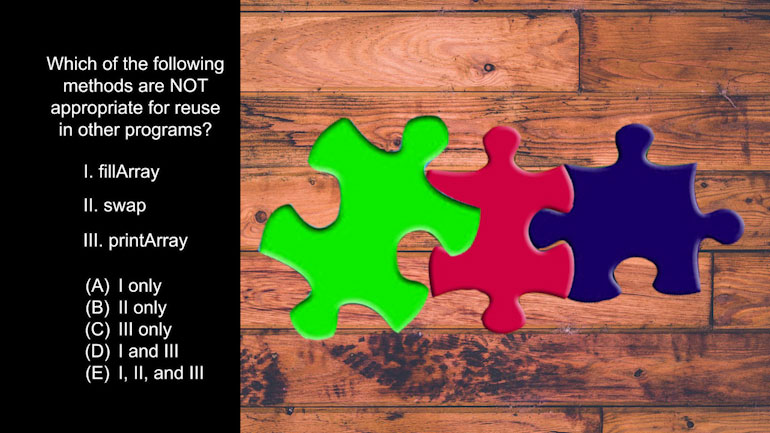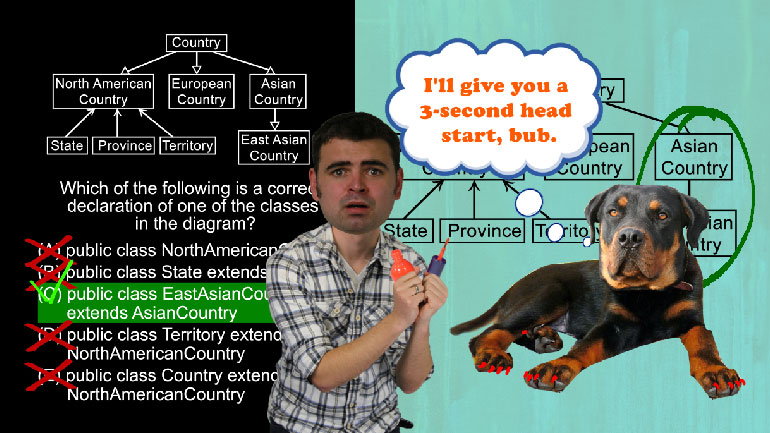ShmoopTube
Where Monty Python meets your 10th grade teacher.
Search Thousands of Shmoop Videos
Test Prep Videos 443 videos
ACT Science: Research Summary Passage Drill 2, Problem 1. Why do you think that the filter paper will not remove the salt from the water?
AP Biology: Biological System Interactions Drill 1, Problem 1. Complete the sentence about a saturated fatty acid.
AP Biology: Essential Life Process Information Drill 1, Problem 1. If one parent is heterozygous for the sickle cell trait while the other par...
AP Biology 2.3 Essential Life Process Information 9 Views
Share It!
Description:
AP Biology 2.3 Essential Life Process Information. What percentage of the DNA would one expect to have radioactive nitrogen?
Transcript
- 00:04
And here's your Shmoop du jour brought to you by radioactive nitrogen.
- 00:08
So uh…maybe don't get too close to the screen. [Man sitting watching television and grows an extra head]
- 00:10
We don't want to be responsible for any extra heads this video may cause…
- 00:14
Okay, here's our question…
- 00:16
Cells were given radioactive nitrogen so that their entire DNA became radioactively labeled.
Full Transcript
- 00:21
The cells were then given non-radioactively labeled nitrogen and allowed to replicate
- 00:25
by binary fission.
- 00:26
A sample was taken at this point to quantify what percentage of DNA was radioactively labeled.
- 00:32
What percentage of the DNA would one expect to have radioactive nitrogen?
- 00:36
And here are our answers…
- 00:40
Have you heard of the phrase, “you are what you eat?” [Man eating an apple and a man made from apples appears beside him]
- 00:42
It's actually pretty true…
- 00:43
…At the atomic level, that is.
- 00:45
We don't see a lot of people walking around made of burritos, which is good…no one wants [Burrito's walking and bump into each other]
- 00:49
an uptick in the cannibal population.
- 00:52
In this question, cells were fed radioactive nitrogen, which if we're not mistaken, is [A cell eating radioactive nitrogen]
- 00:57
the start of almost every cell-based superhero movie.
- 01:00
The way it behaves in the cell is basically the same, but since it’s radioactive, scientists [A superhero cell wearing a red cape]
- 01:04
can keep track of where it goes among all the other nitrogen found in the cell.
- 01:09
In this question, the researchers feed the cells with 100% radioactive nitrogen, which [Scientist feeding a cell radioactive nitrogen]
- 01:13
means that all of the nitrogen in the cell will have this special nitrogen label.
- 01:18
That's also why these cells need to adopt an alter-ego in their crime fighting lifestyle.
- 01:22
And since DNA is made of nitrogen, all the nitrogen in the DNA will be radioactively [Nitrogen in a DNA helix radioactively labeled]
- 01:27
labeled.
- 01:28
Now, when the cells are allowed to divide, they're fed nitrogen that doesn’t have the
- 01:31
special radioactive sauce, which we think might be the same stuff put in A1...
- 01:36
So basically, this unlabeled nitrogen won’t give off any signal when incorporated into
- 01:41
the cell.
- 01:42
So the question is, what happens to the specially-labeled DNA when binary fission occurs? [A man fishing]
- 01:47
A better question is, what the heck is binary fission?
- 01:50
Binary fission is when a single cell divides into two daughter cells. [A cell divides into two cells]
- 01:54
Imagine if when you grew up, you decided to split yourself in half…and then those halves
- 01:58
grew into two full versions of yourself.
- 02:00
That’s basically what binary fission is, except less painful and less…creepy. [Man splits in half and two identical people appear]
- 02:05
But what happens to the DNA when binary fission occurs?
- 02:08
Of course, both daughter cells need a full set of DNA. [daughter cells hold hands and walk away]
- 02:11
This means that before binary fission can occur, the cell must perform…
- 02:15
…The role of the Phantom in The Phantom of the Opera.
- 02:19
But after that's done, the cell has to perform DNA replication. [Cell replicating it's DNA]
- 02:22
When DNA replicates, the original DNA double helix separates, and DNA polymerase comes
- 02:26
in to add new bases to each single strand, resulting in TWO new helices. [DNA polymerase adding bases to two single strands of DNA and creates two new strands]
- 02:32
So going back to our original question, let’s imagine the parent DNA, completely labeled
- 02:36
with the radioactive nitrogen.
- 02:37
Now, when the cell is being fed with normal nitrogen and it prepares to divide, what happens
- 02:42
when DNA replication occurs?
- 02:45
Each daughter cell will get one strand of the parent’s original DNA, and one strand
- 02:49
that was freshly made by DNA polymerase. [DNA polymerase adding bases to two strands of DNA]
- 02:51
In this case, that means that each daughter will inherit one strand with the special sauce…mm,
- 02:56
A1… …which means that after one round of cell
- 02:59
division, 50% of the DNA will be radioactively labeled.
- 03:03
Which means our answer is C, 50%!
- 03:06
Which is coincidentally, our steak to A1 ratio. [Man eating steak with A1 sauce]
- 03:09
…More or less.
Related Videos
AP Biology: Biological System Interactions Drill 1, Problem 1. Complete the sentence about a saturated fatty acid.
AP Biology: Essential Life Process Information Drill 1, Problem 1. If one parent is heterozygous for the sickle cell trait while the other par...
AP Biology: Evolution Drives the Diversity and Unity of Life Drill 1, Problem 1. The first cells on planet Earth were likely what?
AP Biology: Free Energy and Molecular Building Blocks Drill 1, Problem 1. Which statement incorrectly describes the properties of water?
AP® Biology: Evolution Drives the Diversity and Unity of Life Drill 1, Problem 2. What was likely the first genetic material?

















